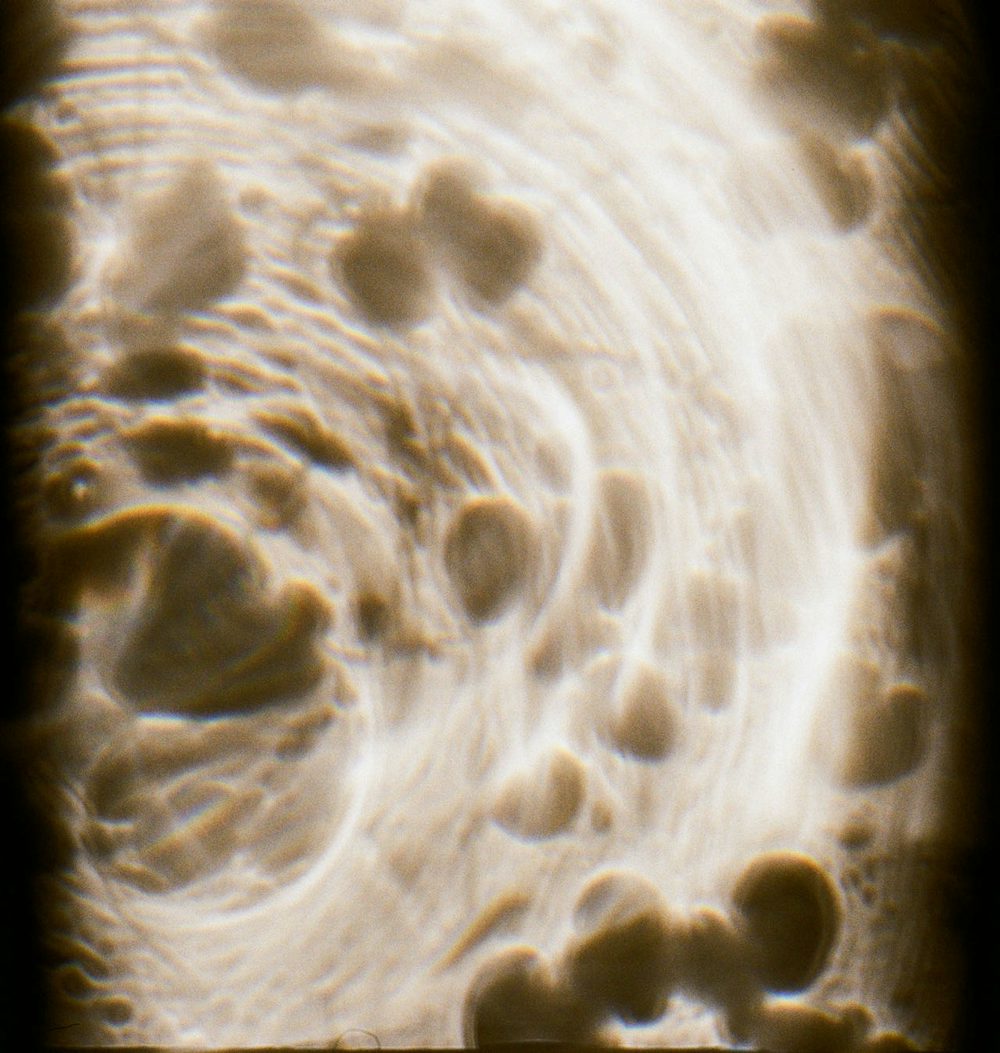The study of optics has reshaped human understanding of vision. The correspondence between the structure of the lens and the eye enabled photography to be understood and accepted by humans. Since then, visual observation of nature has usually been dominated by the perspective of various lenses.
However, exploring a nature-centred way of seeing and thinking about nature and water bodies is possible. I utilise an approach that uses lens-less photography to circumvent the traditional perspective approach to nature. The lens transmits a three-dimensional world onto a two-dimensional plane - objects are deformed to reflect distance, and people dominate the order of observation through focus. Lens-less photography, on the other hand, is more tactile in that only objects close to the film or sensor leave a clear outline that becomes blurred the further away they are, while transparent objects such as water make themselves visible through their ability to alter the path of light.
My approach explores the objectivity of observation and photography. In doing so, I attempt to simulate the process of self-perception of water by collecting samples in transparent containers. I place these containers on a mirrorless camera with the lens removed. Depending on the distance, impurities in the water settle and provide a clearer view, whereas aquatic plants floating in the water become blurred; water waves also cause light interference, and oil-like pollutants create further abstraction of the image. These random variations reflect the quality of the water in an artistic form. Water is thus both the material and medium of observation; its materiality is directly displayed, and a connection emerges between the turbidity of the water and the ambiguity of this observation.




